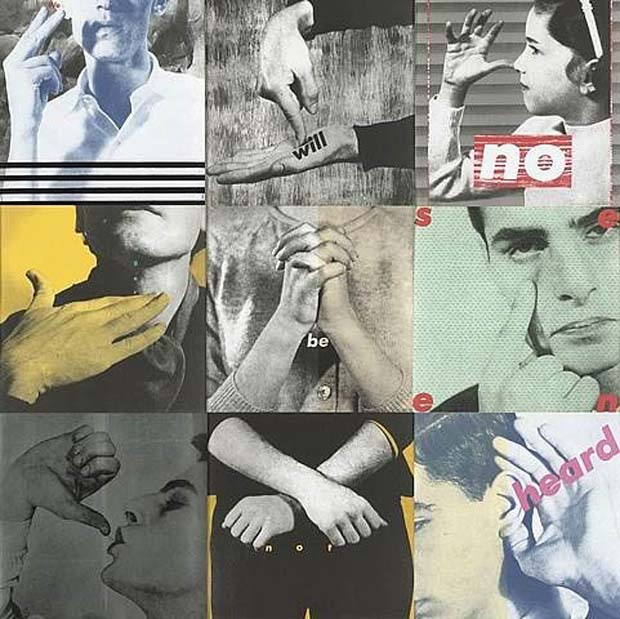
80s sex and protest art reassembled in Chicago
This Will Have Been looks back at the passionate, political art of Nan Goldin, Jenny Holzer, Richard Prince and co
"America is in the midst of a culture war," wrote professor James Davison Hunter in his book 1991 Culture Wars. This struggle, over the country's "most fundamental and cherished assumptions about how to order our lives", pitted the North American liberal and progressive movement against a Reaganite reactionary conservatism, which sought to put an end to the freer politics of the 1960s and 70s.
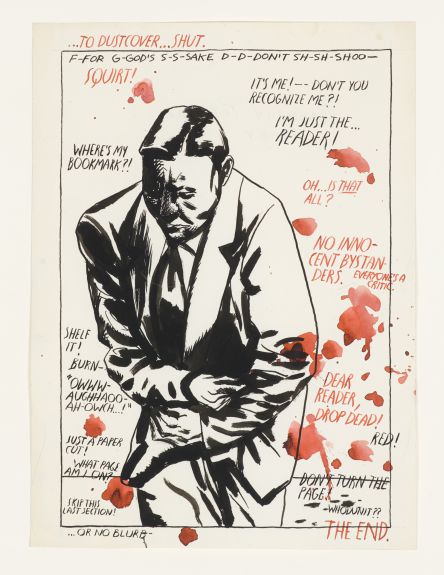
The conflict might not quite yet be over, but those early struggles are far enough behind us all for a little examination and reflection. This Will Have Been: Art, Love & Politics in the 1980s, which opens at the Museum of Contemporary Art Chicago on Feb 11, looks back at this time and features works by the likes of Jenny Holzer, Richard Prince, Barbara Kruger, Jeff Wall, Christian Marclay and Raymond Pettibon, all produced between 1979 and 1992, illustrating the struggle.
"During this era, the political sphere was dominated by the ideas of former US President Ronald Reagan and British Prime Minister Margaret Thatcher, the music scene was transformed by punk and the birth of hip-hop," the show's organizers write, "and our everyday lives were radically altered by a host of technological developments, from the Sony Walkman and the ATM to the appearance of MTV and the first personal computers."
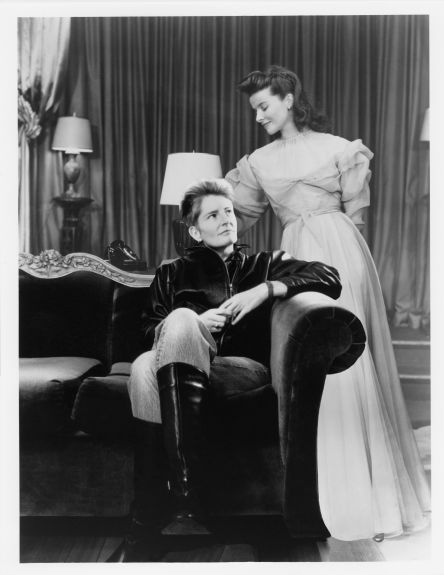
Anti-nuclear protests and the AIDS crisis coupled with a growing awareness of identity politics led many artists to produce forcefully didactic works, critical of both the American Right, and the establishment consensus more generally.

Interestingly, the show's curators also characterize the artists from this period as being the first generation to have grown up with a TV in their home. "They came of age in a culture saturated with images designed to promote desire - desire for objects, for lifestyles, for fame, for conformity, for anti-conformity. So too the majority of these artists lived through the heady days of the 1970s feminist movement and witnessed that broad-based social movement's demands for equality in all areas of life-work, family, and intimate relationships. It became the task of the 1980s to assimilate these powerful social forces - the rise of television and movements for social justice-as they converged."
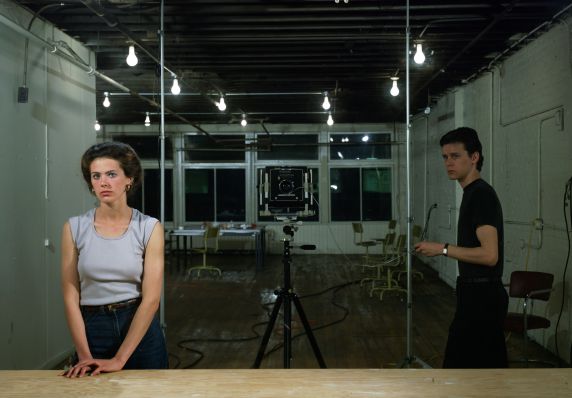
The show's organizers have kept to a strictly critical approach when organizing the exhibition, carefully avoiding any slips into nostalgia. The End is Near section looks at both the fear of a nuclear apocalypse and the malaise of postmodernism; Democracy examines the fresh promise of equality the Civil Rights movement brought about, as well as the inclusion of graffiti and posters into fine-art practice; Gender Trouble focuses on the artistic inheritances of feminism and gay liberation; meanwhile Desire and Longing looks at the commercial avarice of the era, as well as the abrupt (if perhaps, temporary) halt the AIDS virus brought to the sexual revolution.
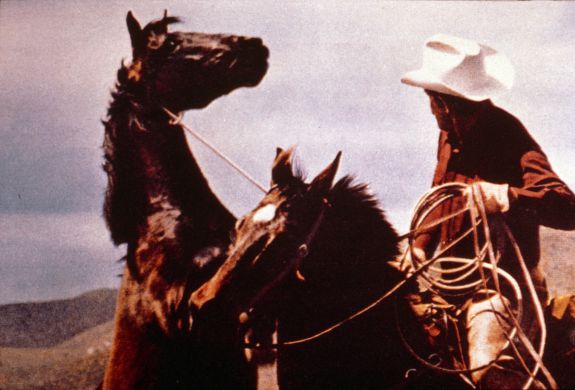
The 80s has never been a hard age to classify. Yet, as every year passes, those ideas and historical forces seem to press in on our own time more forcefully. While the show's title suggests the struggle is over, the exhibits will perhaps make you question which side you think won.
For more on the show, go here. For more on how this period fits into the greater sweep of queer creativity, take a look at Art and Queer Culture; for more on television's influence, consider Art and Electronic Media; and of course don't forget our Jenny Holzer, Nan Goldin, Christian Marclay, Jeff Wall, Richard Prince and Ray Pettibon books. You can buy them all from the people who made them here.